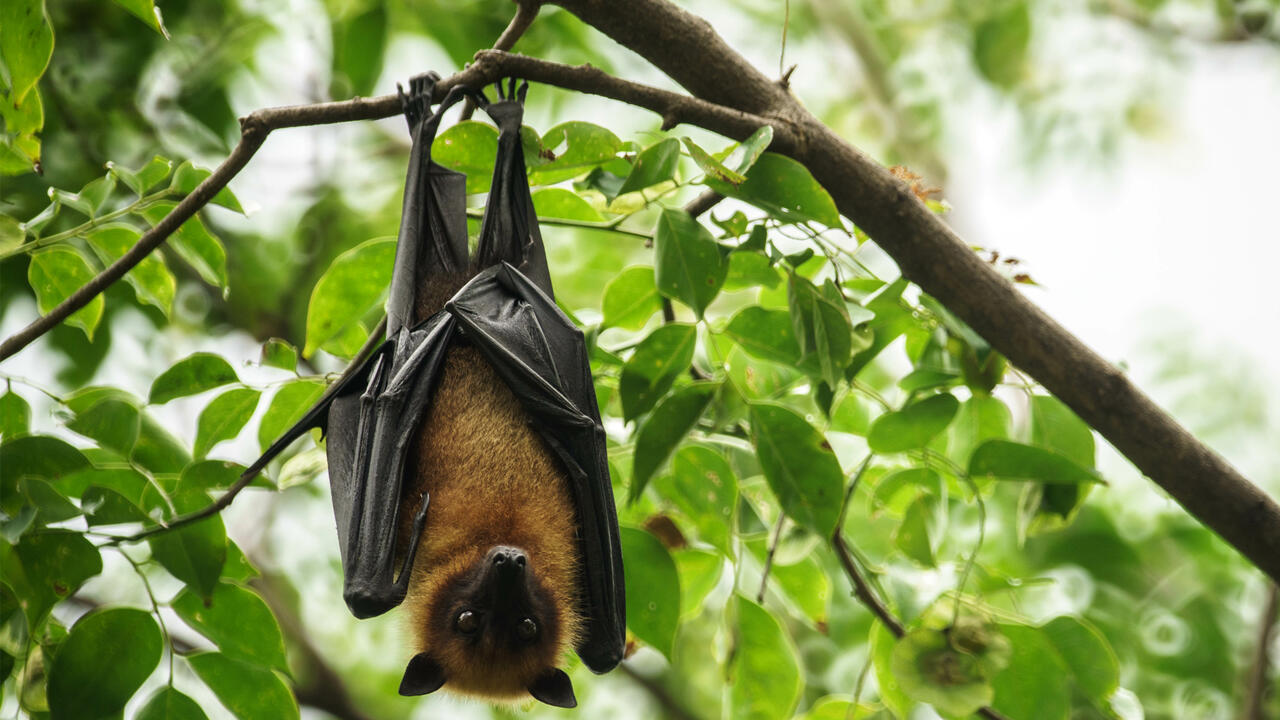Extension for Real Life
Not-So-Spooky Creatures

Photo by Adobe Stock
Bats, spiders, and caterpillars, oh my! Some creatures can seem spooky at first but aren’t so scary after all!
Bats
Bats may look spooky and show up as Halloween decor, but they are actually helpful little creatures that are vital to the ecosystem.
As the only mammals capable of true flight, bats are really something special! They belong to the order Chiroptera, which is from the Greek words for “hand” and “wing.”
Bats help the ecosystem in many ways. They are pollinators, seed distributors, and mosquito eaters! Due to their importance and declining numbers, some species are protected by federal law. Never handle a bat on your own, as it could be a serious offense!
Bats may look scary and be associated with Halloween, but they are not spooky. Rather, they are helpful, unique creatures that are very important.
Trapdoor spiders
Trapdoor spiders are in the same suborder as tarantulas. Like tarantulas, they have stabbing fangs rather than pinching fangs. The largest trapdoor spider in Mississippi is Ummidia audouini. They have no common name but are recognized as cork-lid trapdoor spiders.
Trapdoor spiders live in burrows they dig into the sides of hills and line with silk. They cover the entrance with a cork-like lid that is hinged with silk. They hide under partially opened lids and dart out to capture prey.
While these spiders may look and sound scary, the good news is that, though their bites are painful, they are not considered venomous to humans.
Giant Leopard Moth Caterpillar
Another scary-looking creature is the giant leopard moth caterpillar. Large, dark, and spiky, they look like something straight out of a scary movie. However, these little guys aren’t so scary. They’re just babies, after all.
Giant leopard moth caterpillars, also known as giant woollybears, have to be spiky and hairy to protect themselves from cold winters. They also produce antifreeze in their blood!
They are not stinging caterpillars and generally do not cause serious damage to plants. When they grow up, they will be large moths with spotted wings. Their wings are where they get their name—leopard moths!
Authors
-
 Student Worker
Student Worker- Agricultural Communications